Well, maybe not that many, but a few dozen at least. Or maybe it’s even more – I have no way of counting.
Some weeks back I mentioned the Copes grey treefrogs (Dryophytes chrysoscelis*) that deposited eggs in a water barrel in the backyard, which subsequently hatched into tadpoles. At the same time, the pond in the backyard (a proper place for amphibians to deposit eggs) also featured its own share of tadpoles. I monitored the ones in the barrel, since there was no easy way to get them out – it was well over a meter deep and held close to 200 liters of water, so I figured I’d leave them be and let nature take its course. They didn’t seem to be developing very fast, though, and the prolonged drought was causing the pond level to drop significantly, so eventually I set up a hose and siphoned out the vast majority of them (and the accompanying water) into the pond. Then a few days later, I collected a few for comparison photos.

Given the sizes that I’d observed a few days previously, that’s one of the tadpoles from the barrel on the left, with an unidentified species that grew within the pond on the right – it’s not much of a comparison, because I have no idea when those eggs were deposited, even though I feel the pond was a better environment. It is almost certainly one of four species, because they’re the ones I’ve found in the yard routinely: Copes grey treefrog, green treefrog (Dryophytes cinereus,) American toad (Anaxyrus americanus,) or green frog (Lithobates clamitans.) The latter is an aquatic species rather than a treefrog, and I really wish they had a different name just to avoid confusion, but so it goes. There are at least a pair living within the pond and I never saw the eggs that begat the other tadpoles, so I’m in the dark regarding species – and will likely remain that way, since even as they leave the water as tiny frogs/toads, they don’t have distinguishing traits and all largely look the same.
But let’s have a look at their development.

This is the largest specimen that I collected, and those feeble little hindlegs are visible but really just dangling there – they’ll develop pretty quickly, and a bit later on the forelegs will pop out (literally – they appear to develop internally and then extrude from the skin.) Had I been monitoring the pond closely, I might have a decent handle on how long this all takes, but my observations have been sporadic and haphazard, so I can’t provide much info here. I’ve considered keeping a few in an aquarium where I can track them better, but I’m not sure what they really need for food and might simply be dooming them for the sake of curiosity, so we have this instead.
Another showed slightly less development.

In watching this one swimming within the macro aquarium, I got the impression that those legs aren’t really external, but still just under the transparent surface of the skin. This was intriguing, and I tried for better detail.

That really doesn’t help; there’s a faint shadow, but no distinguishable demarcation at the base. Bear in mind the entire limb is a few millimeters in length, and I’m shooting through a layer of glass (that has seen better days – it’s time to rebuild the aquarium.) It would take an extremely fine touch with a tiny probe to see if the limb really is external, and it was difficult enough getting them to pause near the glass for these photos – they tend to swim off when disturbed.
The real challenge was this one, though.

A few days previous to collecting all these, I’d found one with four developed limbs and knew it was getting ready to leave the pond, but didn’t do anything about it at the time. So when I started collecting (this was just last night, the project that I mentioned in the previous post,) I scoured the pond, multiple times spaced an hour or so apart, trying to find one with four limbs; obviously I succeeded, but I suspect it was the only one so equipped within the pond. An early developer, or the last of the litter to leave? I have no idea, and though I examined the region surrounding the pond for evidence of others that might have left, in vain, they would be easy to miss between their size and the countless places to hide.
Another view.
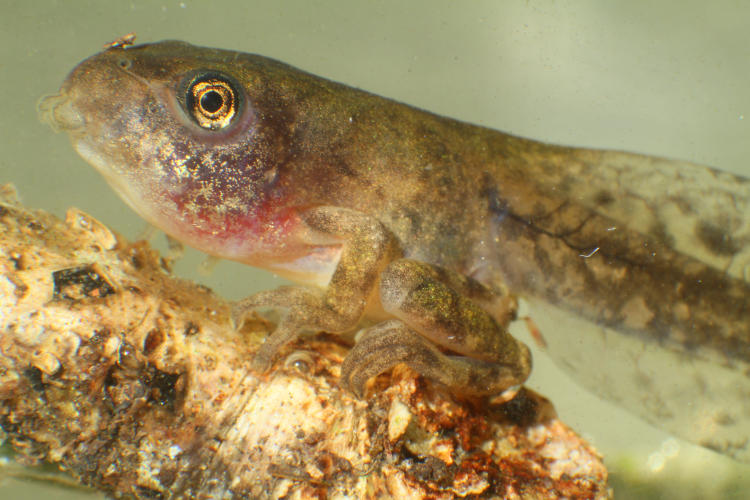
Seeing it using its limbs along the edges of the aquarium, I found a small twig to put in there and eventually coaxed it into range; as suspected, it started clinging to the twig, showing it was now using those limbs as intended and was probably almost ready to exit the pond. It might already have done so as I type this, 24 hours later.
Notably, this was a little smaller than the spindly-legged specimens above, but I don’t think that means much; if I’m interpreting past observations correctly, they bulk up initially and then use a lot of that to develop the limbs, slimming down in the process. From all other appearances, this is a sibling of the other larger specimens, but really, I have a whole selection of sizes living within the pond now, so don’t confidently share what you read here at parties to sound knowledgeable – dog knows I don’t (but then, I don’t get invited to parties, can’t imagine why.)
This also means that, within a few more weeks, the ground here at Walkabout Estates may be crawling with amphibians, but that’s happened before and, aside from making me examine the ground carefully for a while when I’m walking around, they disperse (and/or get eaten) pretty quickly. Some of the specimens that I’ve photographed this year have undoubtedly hatched from that pond, but really, the grounds aren’t as inundated as you might imagine. Nature of the beast: some species produce a lot of offspring to cope with the high attrition rate when young, and as long as a few make it to reproducing age, things are working effectively enough.
* Yes, in July I identified them as Hyla chrysoscelis, but now as Dryophytes chrysoscelis. Many years back I learned their taxonomic names and had them memorized, so I wasn’t checking to see if they’d changed, and just stumbled across it a few weeks ago. The new genus was established in 2016, though how quickly it migrated through the literature I cannot say, except that there are still plenty of websites using Hyla. Kinda makes a guy regret including the proper scientific names if they can’t leave ’em the hell alone…

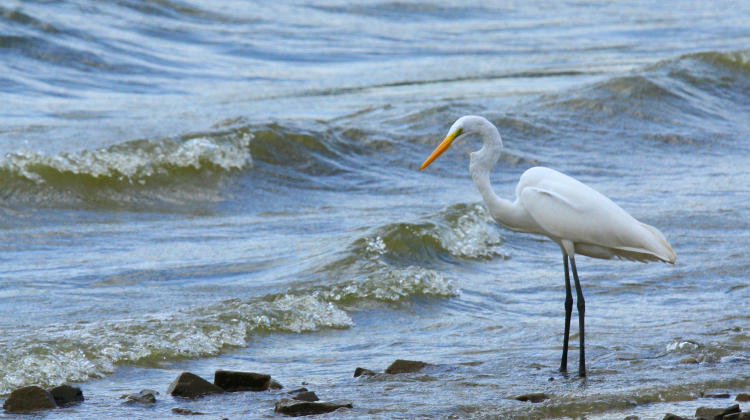
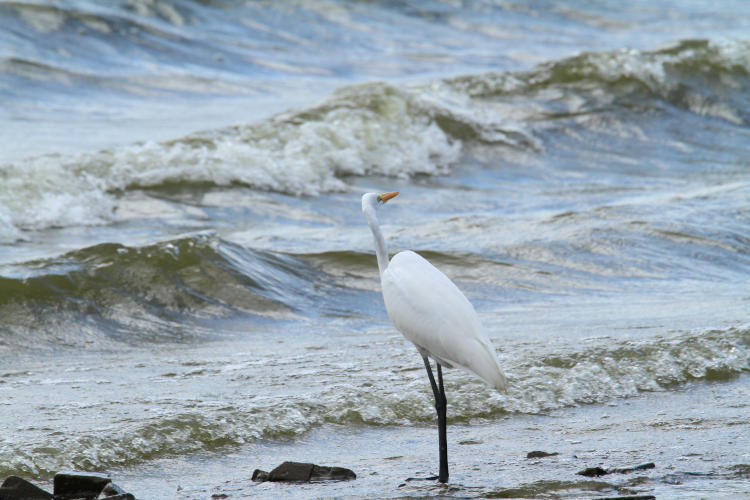





















































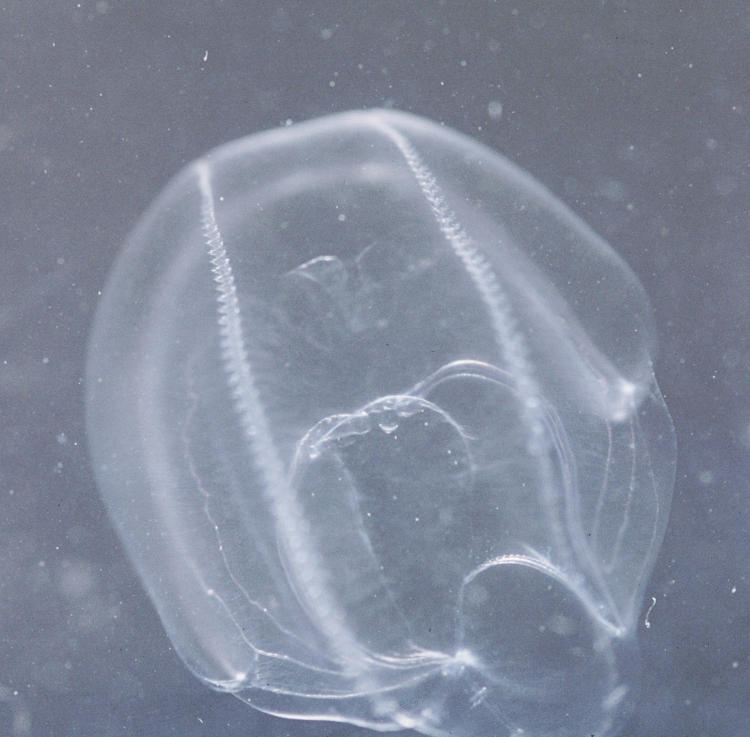


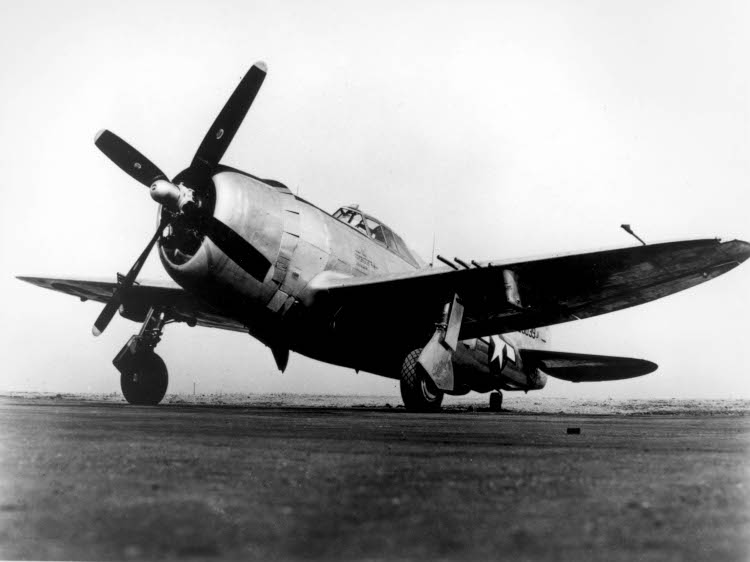
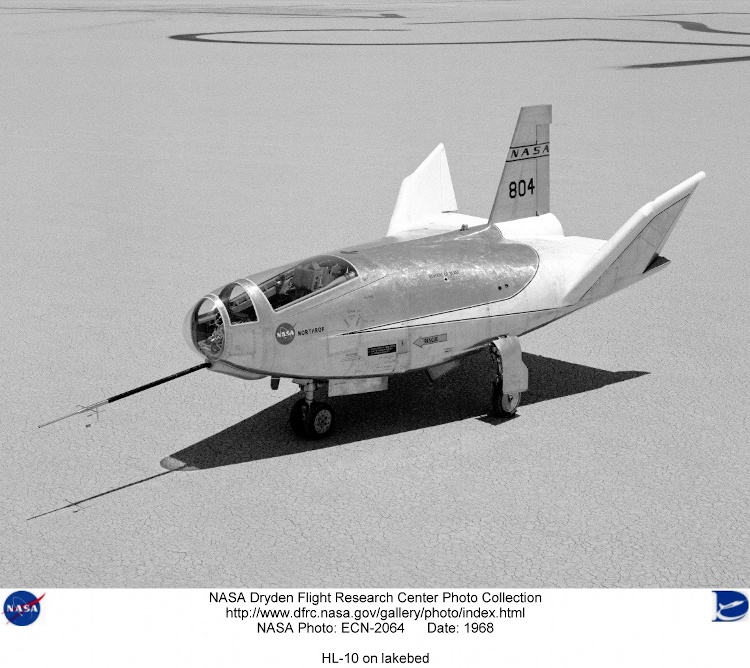
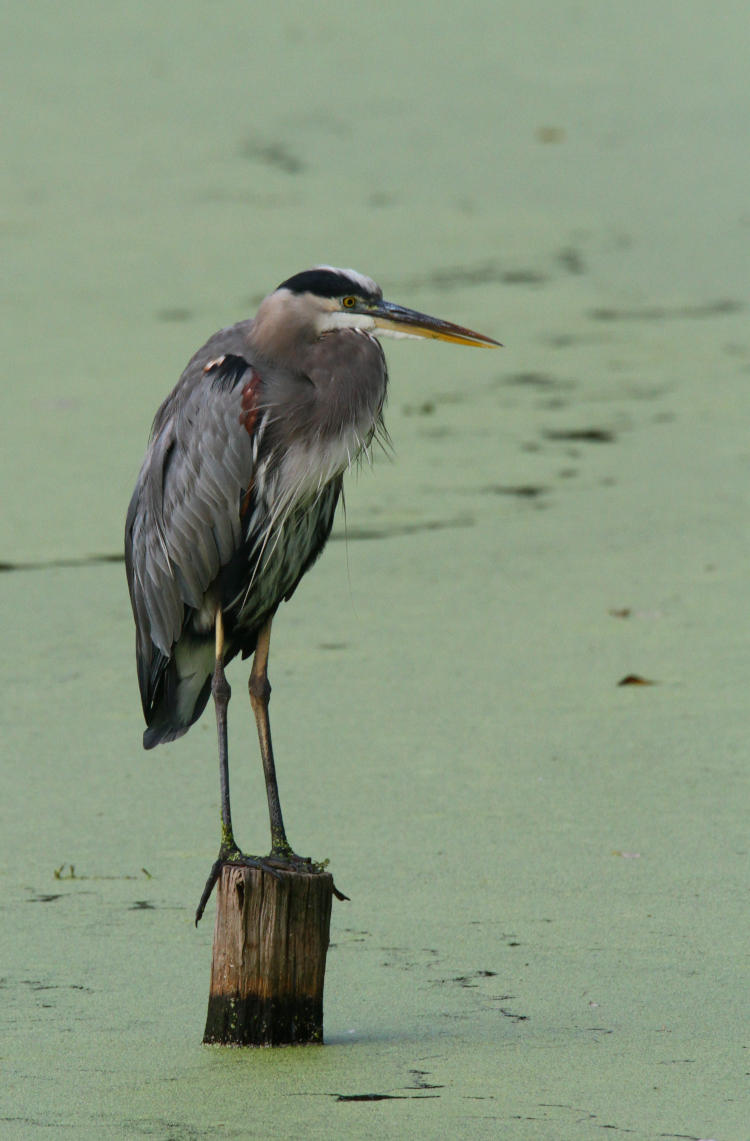

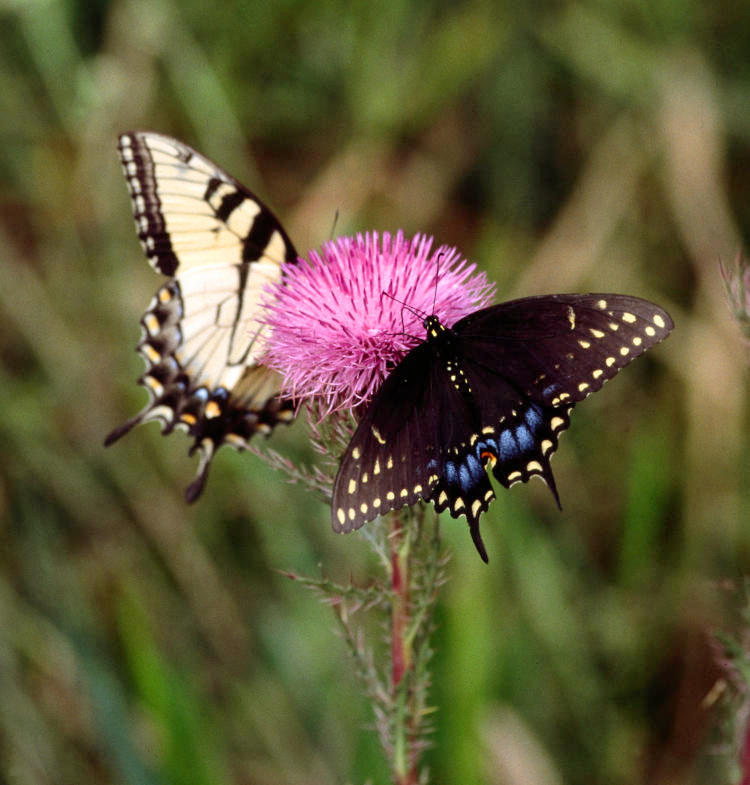
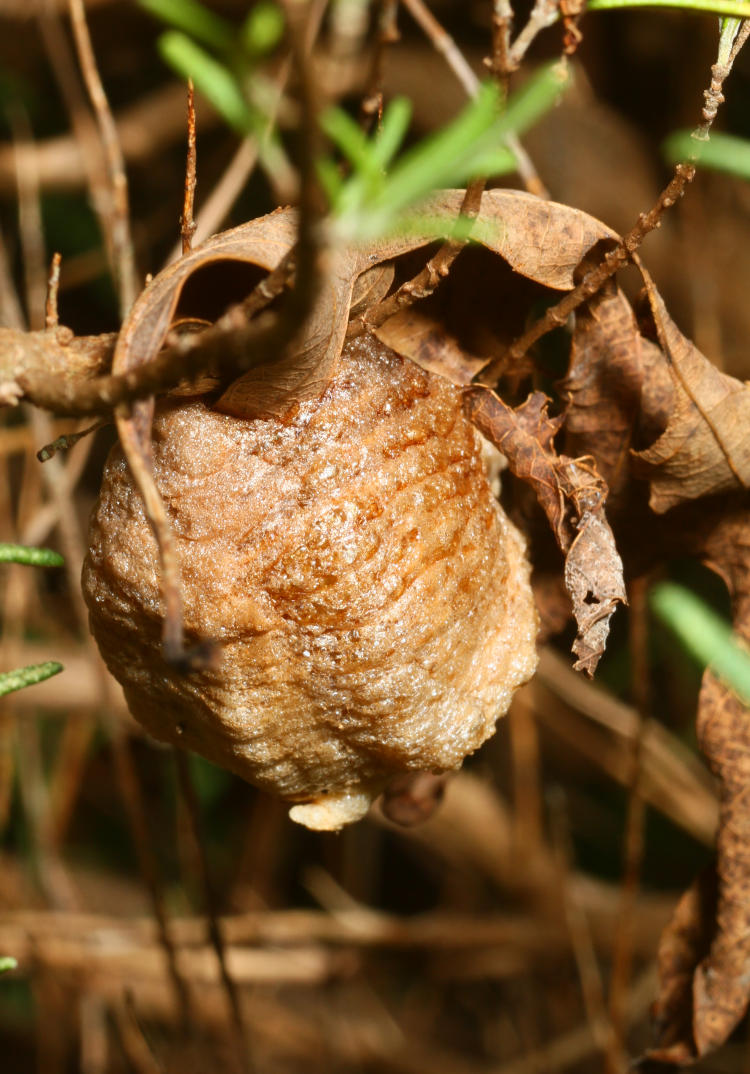
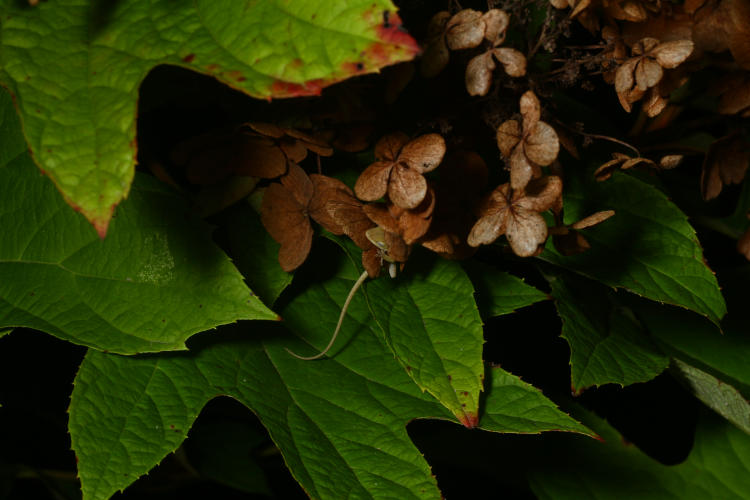
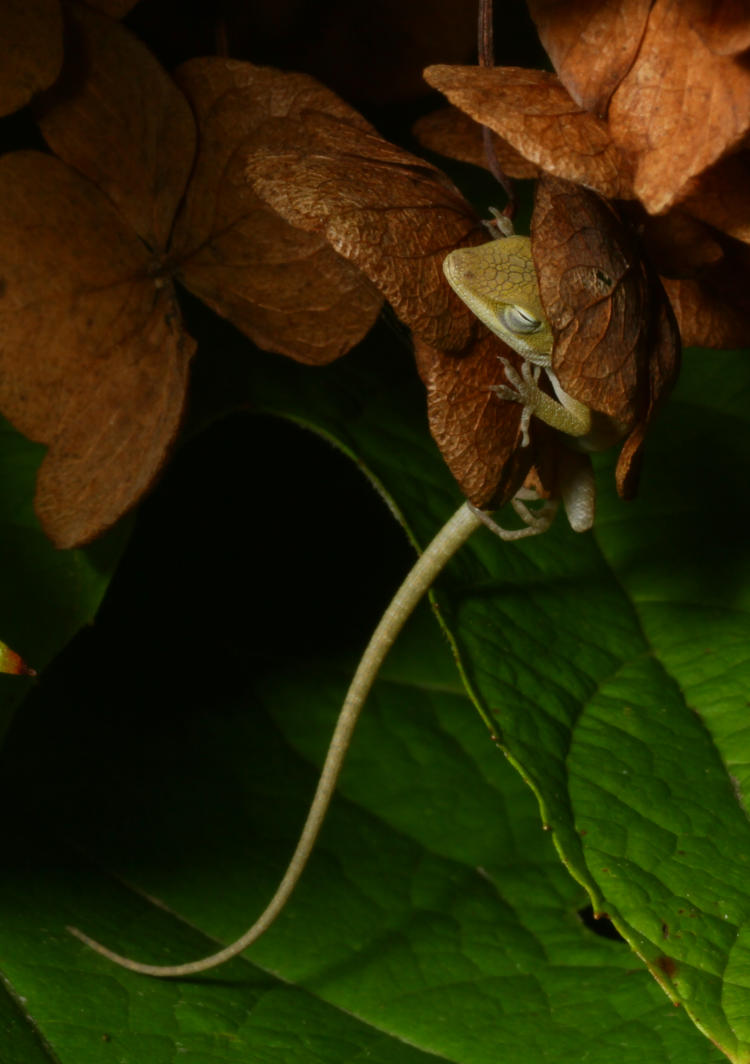




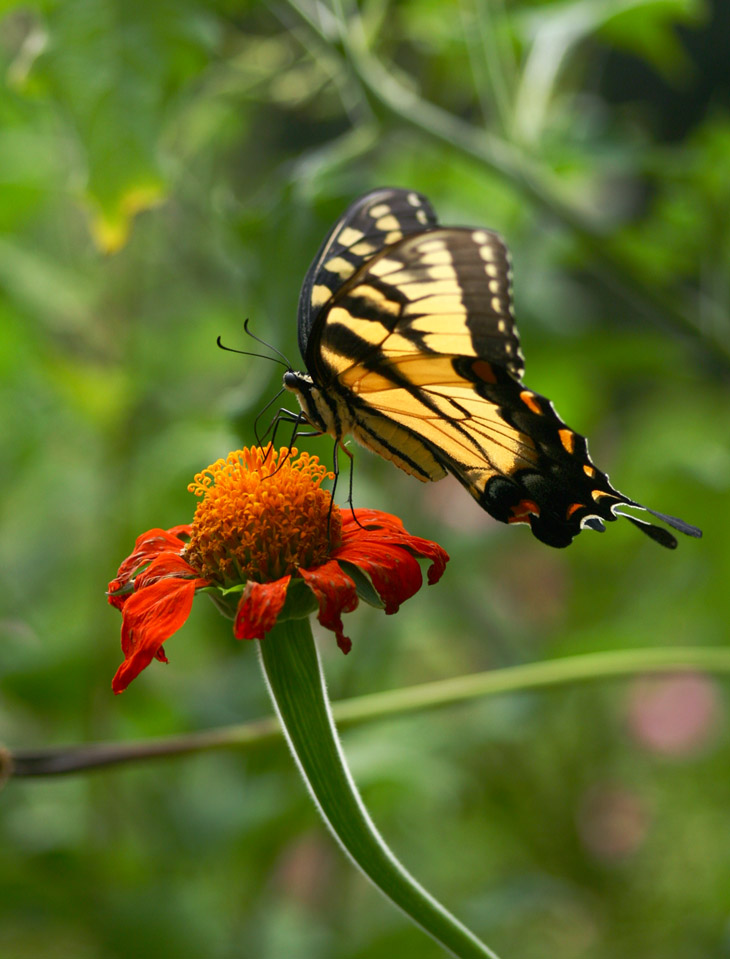

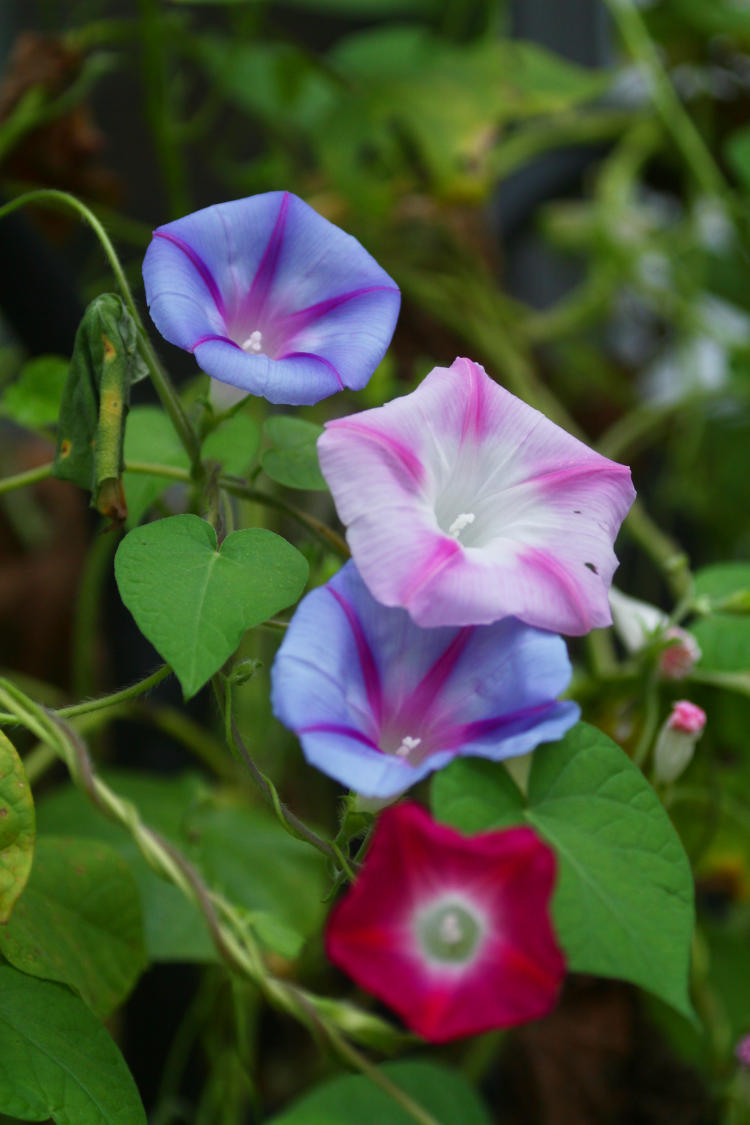

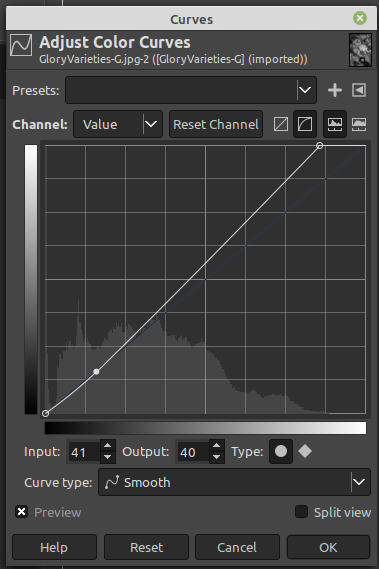 Here’s how it looks – this is from GIMP, but most other programs are very similar. The mountain range at the bottom of the graph is a representation of how many pixels in the image fall into each brightness value – black at the left, white at the right, so you see a very sharp spike at the left edge, a good portion of black pixels, and none of white – this is what made the original muted and a little dark. [You can do this for each color channel as you like, but the default is ‘Value’ as it shows at top left, which means overall brightness, and since we’ve eliminated the other colors for this image anyway that’s all that we have to work with: 256 shades of grey, super kinky.] The bold diagonal line across the image is the adjustment curve, only slightly curved here. I moved the upper right endpoint to the left slightly, lining it up with the brightest pixels on the ‘mountain’ below, which means that they got moved up all the way to white. This skewed the whole diagonal (the ‘average’) away from the original values, the faint blue line, and so over to the left more – which are the shadowy portions of the image – I brought those back down to where they had been, just clicking on the line and dragging it. This increased contrast a little because the first move had increased all brightness. Make sense? Seriously, just play with it sometimes if you don’t already – it can greatly improve your images.
Here’s how it looks – this is from GIMP, but most other programs are very similar. The mountain range at the bottom of the graph is a representation of how many pixels in the image fall into each brightness value – black at the left, white at the right, so you see a very sharp spike at the left edge, a good portion of black pixels, and none of white – this is what made the original muted and a little dark. [You can do this for each color channel as you like, but the default is ‘Value’ as it shows at top left, which means overall brightness, and since we’ve eliminated the other colors for this image anyway that’s all that we have to work with: 256 shades of grey, super kinky.] The bold diagonal line across the image is the adjustment curve, only slightly curved here. I moved the upper right endpoint to the left slightly, lining it up with the brightest pixels on the ‘mountain’ below, which means that they got moved up all the way to white. This skewed the whole diagonal (the ‘average’) away from the original values, the faint blue line, and so over to the left more – which are the shadowy portions of the image – I brought those back down to where they had been, just clicking on the line and dragging it. This increased contrast a little because the first move had increased all brightness. Make sense? Seriously, just play with it sometimes if you don’t already – it can greatly improve your images.





 It may be obvious that this is running backwards, but I couldn’t start with the one lightning flash now, could I? And that was the way it went: after changing position, I got one noticeable burst and then nothing for plenty of frames, but the glow from the streetlights off of the low clouds made them visible, and the sequence of frames (there are ten here) made their development clear. You will also notice another shift in there, because I changed angle slightly and apparently the focal length too, though this was unintentional, and I only did a half-ass job of correcting it for the gif (pronounced, “JOB-smakt.”) Actually, I’m only keeping the one frame and discarding the others, so this is the only use they’ll ever be put to. If you want to consider this an NFT, I’ll be happy to
It may be obvious that this is running backwards, but I couldn’t start with the one lightning flash now, could I? And that was the way it went: after changing position, I got one noticeable burst and then nothing for plenty of frames, but the glow from the streetlights off of the low clouds made them visible, and the sequence of frames (there are ten here) made their development clear. You will also notice another shift in there, because I changed angle slightly and apparently the focal length too, though this was unintentional, and I only did a half-ass job of correcting it for the gif (pronounced, “JOB-smakt.”) Actually, I’m only keeping the one frame and discarding the others, so this is the only use they’ll ever be put to. If you want to consider this an NFT, I’ll be happy to 